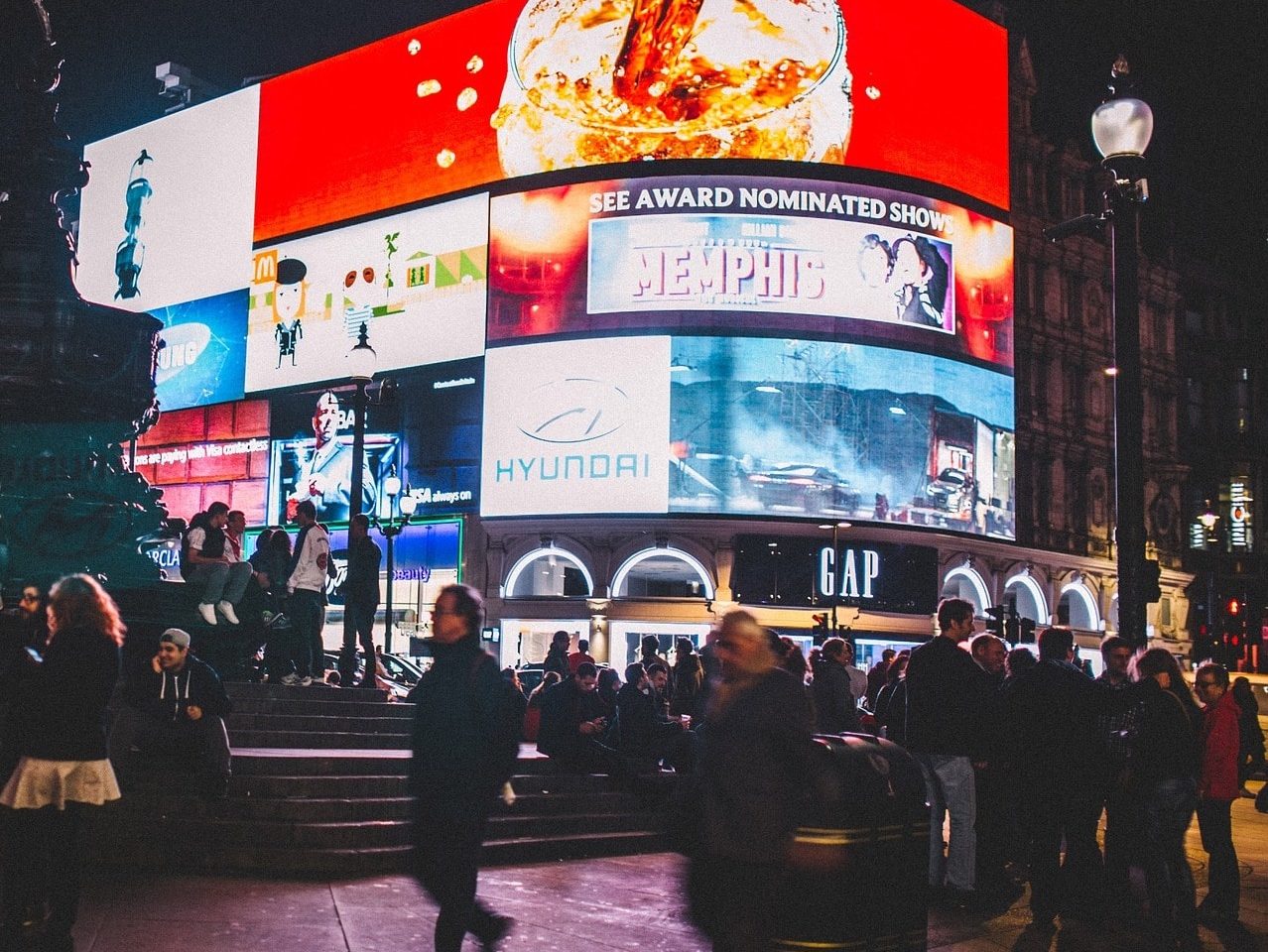Media agencies say they are beginning to change team structures to accommodate more programmatic trading in OOH.
Agencies are calling on out-of-home media owners to provide more digital inventory to trade programmatically, a survey of media buyers and specialists has revealed.
In its latest biennial State of the Nation global marketplace report, JCDecaux’s OOH programmatic trading marketplace, VIOOH, predicts 2020 will be the year programmatic digital out-of-home advertising will go “mainstream”.
As a result of expected growth in programmatically traded DOOH, media agencies say they are beginning to change their team structures as they adapt to new ways of building and planning digital campaigns.
For example, WPP’s Group M is undergoing internal changes because DOOH now delivers a number of campaigns that are programmatic only.
Stuart Hall, managing partner, product, at Group M, said: “We have been impressed with the speed that our specific proposition has grown.” Hall also thinks there will be a much larger range of panels available programmatically by the same time next year as more media owners get their integrations with supply-side platforms fleshed out.
Group M now has a “good number of clients” buying programmatic campaigns, with a strong pipeline going into 2019’s final quarter, Hall added.
DOOH is growing at nearly twice the rate of the total OOH industry, according to the latest Advertising Association/Warc figures. The UK OOH industry was worth £1.21bn in 2018 and almost half of that (49.9%) was digital. In 2019, OOH is forecast to grow by 6.9%, compared with 13.4% for DOOH.

However, media owners need to commit more to digitising “iconic and standout” sites, according to Mindshare UK’s joint heads of planning, Steve Ray and Emily Scovell, who complained that the industry is perpetuating a “London bubble” by not investing enough outside the capital.
Scovell said: “We want to see a massive increase in the digital network outside of cities. We are currently having to limit our innovative digital OOH planning to urban locations.”
More investment in high-quality screens will provide massive potential for innovation, Ray and Scovell added, citing the London Underground’s digital escalator ribbons as an example of a more fluid interaction between screen and audience.
Ray added: “Really, the essence of this wish is about reimagining what OOH looks like for our audience. Not everything has to be a rectangle or in fact one big screen.”
Meanwhile, smaller direct-to-consumer brands are starting to turn to OOH because search and social media are getting expensive, according to Cécile Blanc, senior director, global solutions and innovation, at Xaxis.
She added: “As these new sources of revenues flow in, it will be easier for outdoor media owners to make the necessary investments to enable the next wave of programmatic OOH.”
For others, client interest is naturally maturing as conversations around programmatic move away from “the pipes”.
Joel Livesey, director of partnerships, EMEA, at The Trade Desk, predicted: “Programmatic pipes will become normal for digital OOH [in 2020]. That’s not to say it’ll become the go-to technology – we’re still a way from that – but we’ll be far beyond the industry-first stage we find ourselves in now.”
Source article: https://www.campaignlive.co.uk/article/programmatic-ooh-tipped-go-mainstream-2020/1664123



